A couple weeks ago my wife and I traveled down to attend a friend’s wedding in Cayucos, California – a quaint little beach town about halfway between Los Angeles and San Francisco. When we started looking at flights a few months back, we realized that in order to get to Cayucos from Portland, we’d have to connect in either LA or one of the Bay Area airports anyway, so we decided to just fly into San Jose and drive down the Coast on the Pacific Coast Highway to the wedding, then continue down to LA and fly out of there, and turn the trip into a bungalow mini-tour!
In preparation for the trip, I starting researching the area and purchased the wonderful book, Cottages By The Sea – The Handmade Homes of Carmel by Linda Leigh Paul. With lots of intimate pictures and informative text, the book proved to be an invaluable asset as we made our way in and around the gorgeous seaside artists’ community of Carmel…
After touring The Gamble House and other Greene & Greene homes in Pasadena, I was very excited to see the Carmel home and studio of Charles Greene. After pioneering the Arts & Crafts architectural movement in Southern California as half of the esteemed architectural firm of Greene & Greene, Charles Greene moved to Carmel in the 1920’s. He designed and built this rather modest cottage (pictured above) from salvaged brick he acquired from a demolished hotel in nearby Pacific Grove. Charles used the cottage as his residence and studio where he painted, wrote and designed a handful of projects for clients until his death in 1957.
Along with the salvaged brick, much of the lumber used in the house (including the teak front door) was given to him by White Brothers Hardwood in San Francisco which is where the Greenes purchased much of the timber used on their more elaborate projects in Southern California. Charles also incorporated repurposed bottle-glass in the some of the doors and windows of the home (above left). A sign reading “GREENE” still hangs next to the arched gateway to the courtyard (above right).
One of the few projects that Charles Greene was commissioned to design during his time in Carmel was the D.L. James House (also known as Seaward), located just a few miles south of Carmel on a picturesque rocky out-cropping overlooking the Pacific Ocean. With an exterior of golden granite quarried locally from nearby Yankee Point, the home seems to organically emerge from the cliff walls upon which it sits. (The image above is courtesy of the book Greene & Greene, by Edward R. Bosley)
The home’s stonework was inspired by trips to England (and specifically the ruins of Tintagel) that Charles made as a young man. The two gates (pictured below) that face the road give the only close-up look at the fine craftsmanship and stonemasonry that went into the home’s construction.
Back in town, the Della Walker House (below) – designed in 1948 by Frank Lloyd Wright – unassumingly nestles into a wedge-shaped lot overlooking the beach.
The house was designed on a repeating triangle pattern that culminates in a hexagonal-shaped living room which can be seen in the image above and on the left side of home’s floor plan (below).
Beyond the living room, a triangular shaped terrace affords grand views up and down the beach and across the water to Pebble Beach Golf Course.
Another of Carmel’s better-known designers was Hugh Comstock. Although not an architect or builder by trade, Comstock designed his first cottage, “Hansel House” (below left) in 1924, to house his wife’s extensive “Otsy-Totsy” doll collection.
Upon its completion, friends and local Carmel residents began asking him to design homes for them in the same vein. Comstock went on to design and build dozens of homes and buildings in Carmel, among them are the Marchen Haus (below) and the Tuck Box Tea Room (above right).
Around the corner from Tuck Box (above) are a couple examples of typical cedar-roofed cottages that are home to local businesses in the center of town. These two are the PortoBella Restaurant (below left) and a local chocolate shop, Cottage of Sweets (below right).
Below is a more traditional bungalow with cedar siding and a single dormer.
The two cottages above and below are great examples of the simplicity of a typical Carmel home.
The home above, named Graystone, is a simple cottage clad with granite.
One of the more unique homes that we saw was the appropriately named “Bark House” (pictured above), built in 1924 by Lee Gottfried. The exterior walls of the home are layered with vertical redwood-bark planks that are secured to posts and beams. A rock and redwood-bark wall surrounds the property and encloses a small courtyard and a stone walkway that leads to a small front porch. Contrastingly, the interior of the home is finely finished with plaster walls and redwood paneled woodwork.
The homes that face the ocean are typically larger and more elaborate in design, yet still retain the same Arts & Crafts appeal of their cozier neighbors.
The stonework on the home above had to have been inspired by the D.L. James House (that I mentioned earlier). This home on Scenic Road home sits facing the ocean.
One of the first cottages built on the Carmel waterfront was that of the well-known poet and writer, Robinson Jeffers. Jeffers built the cottage, known as Tor House, with the help of a local stone mason he hired to teach him the craft of making “stone love stove”. After cutting his teeth on the cottage home, Jeffers later went on to build Hawk Tower for his wife, Una. Hauling boulders up from the beach below, Jeffers built the entire tower by himself.
The Tor House Foundation offers tours of the property and we were thrilled to have to the opportunity to see it. It ended up being one of the highlights of our trip – so much so, in fact – that I’ll be writing another post entirely about it soon.
I can’t say enough about the sheer beauty of Carmel and its seemingly endless collection of enchanting Arts & Crafts cottages. Everywhere you look there are gorgeous homes and amazing vistas that take your breath away. If you ever have the chance to visit the area, you should by all means take the opportunity to do so – you won’t be disappointed!!
Check back soon for my post about Tor House, the handcrafted stone cottage of poet Robinson Jeffers…


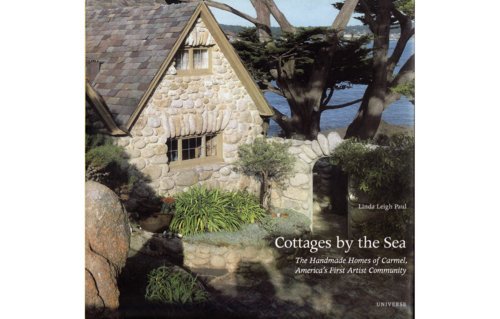
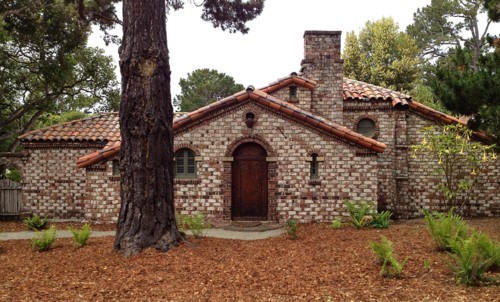
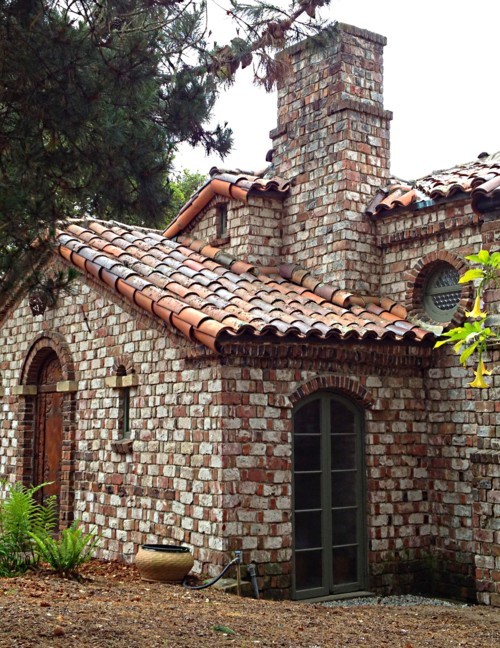
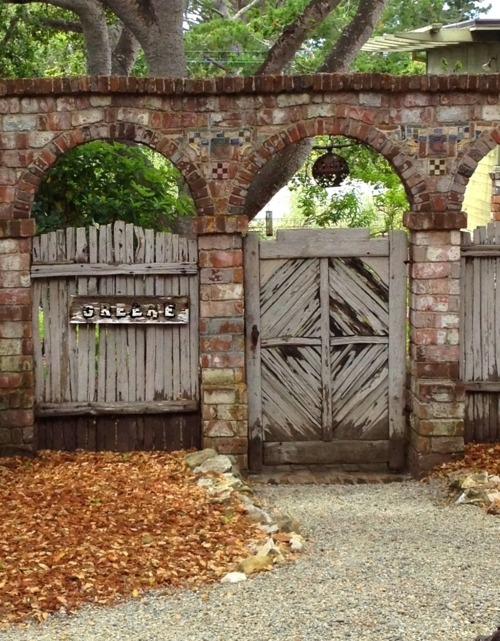
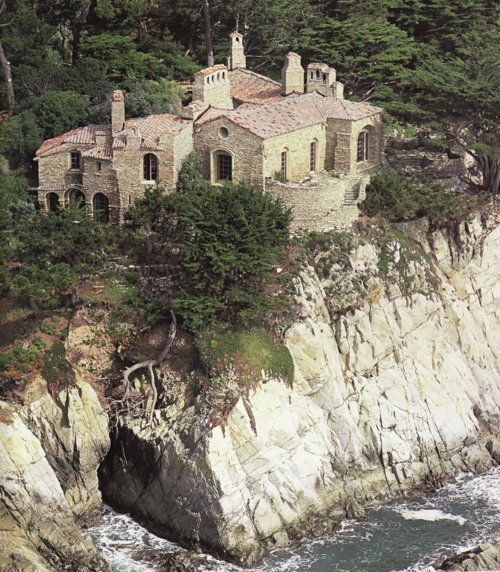
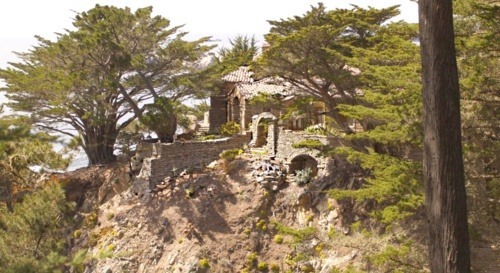
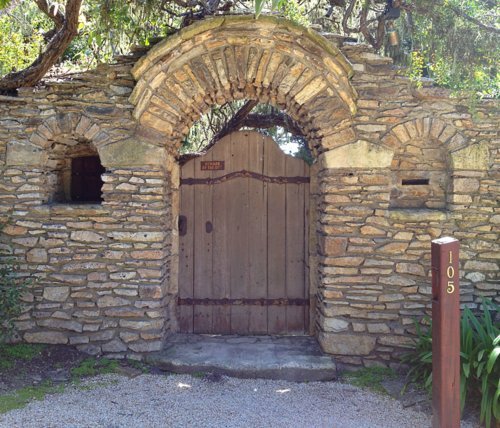
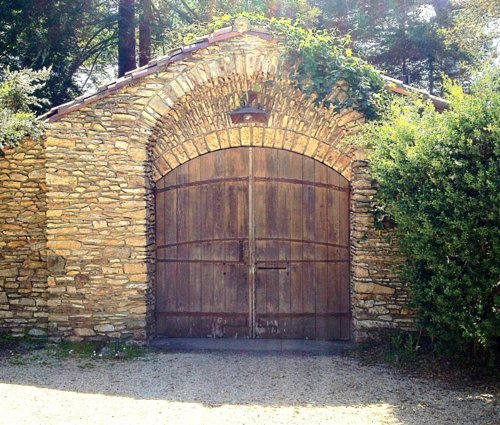
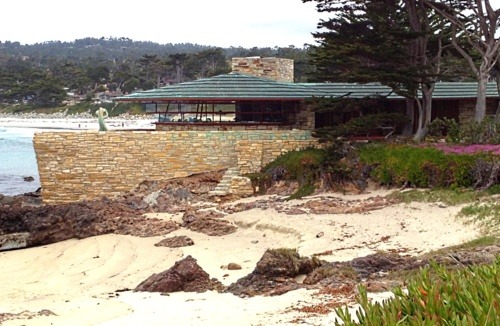
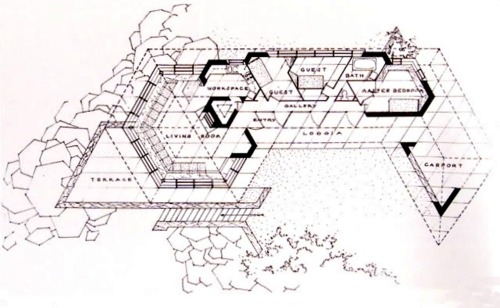
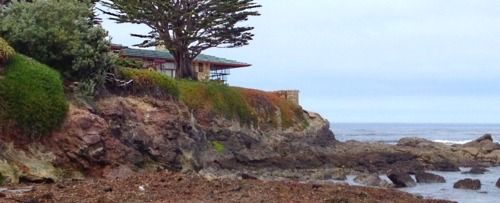
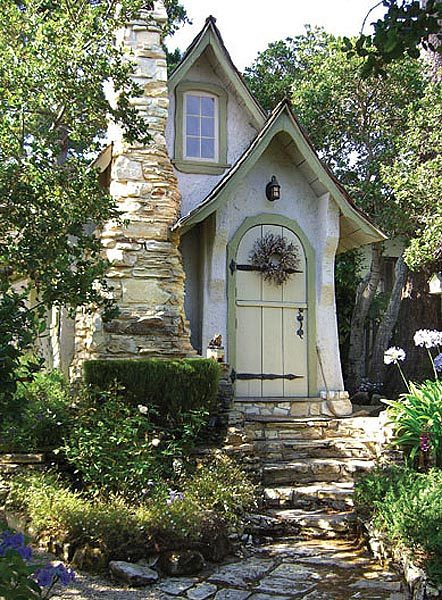
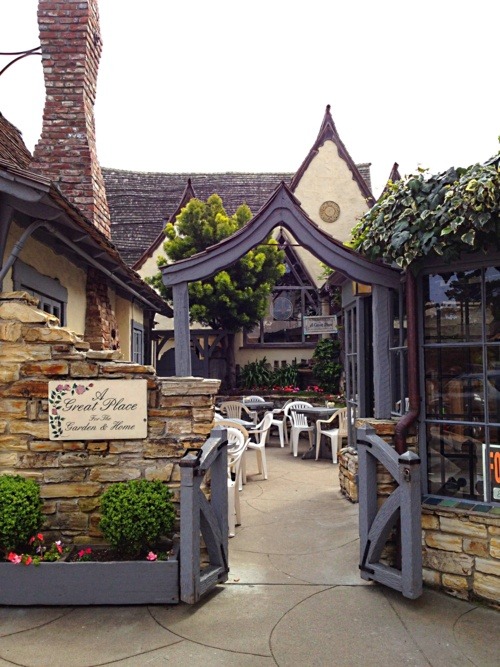
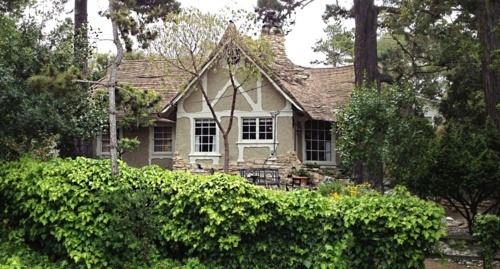
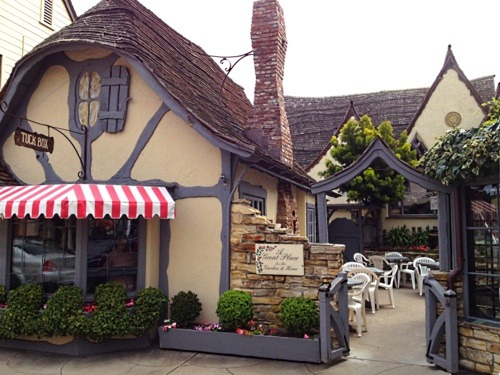
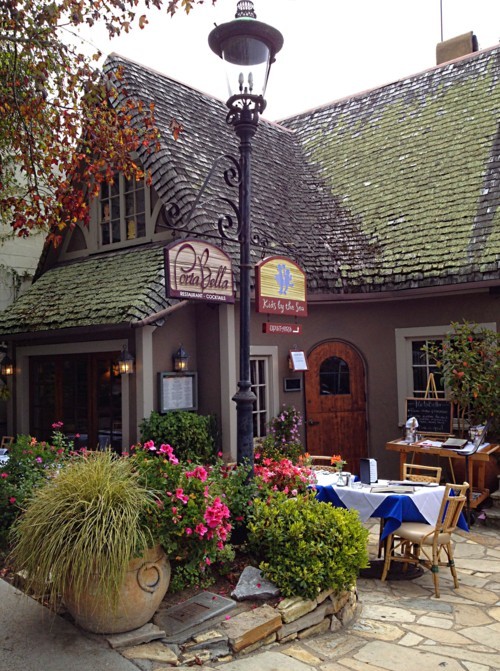
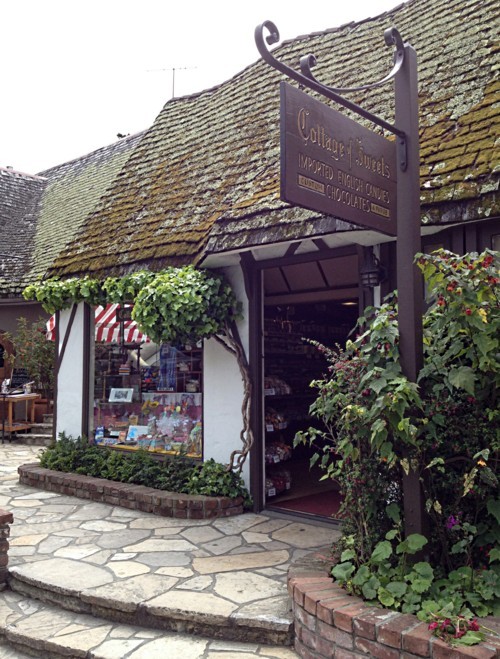
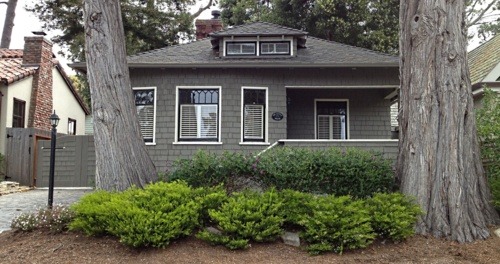
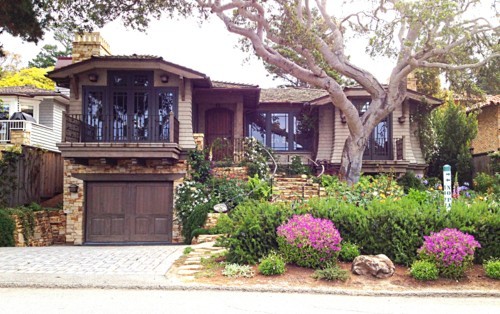
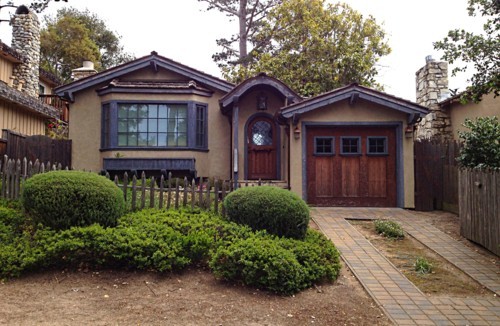

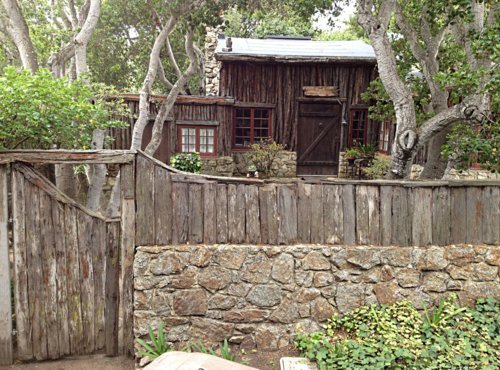
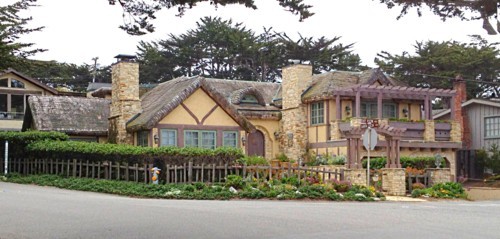
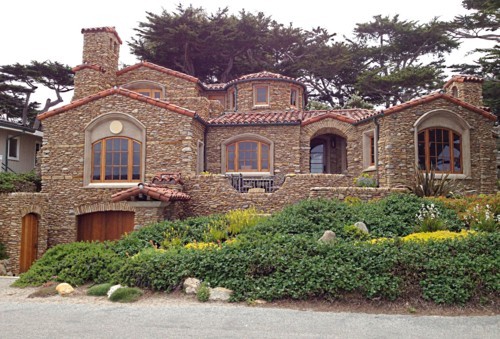
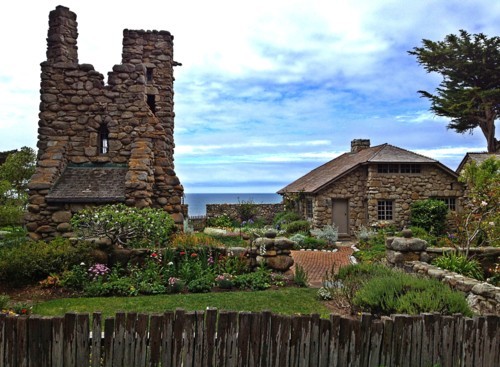
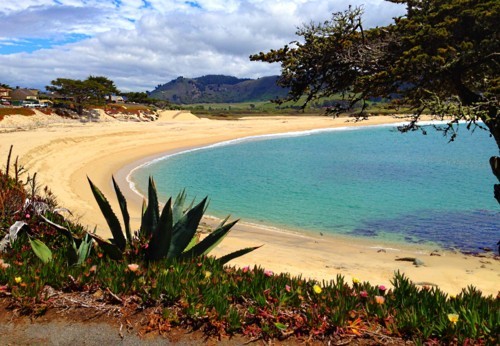


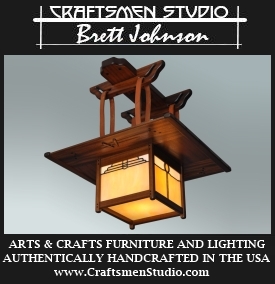

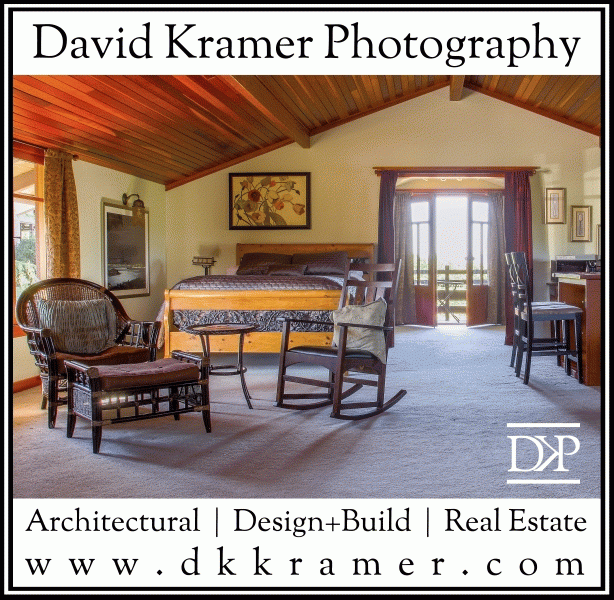


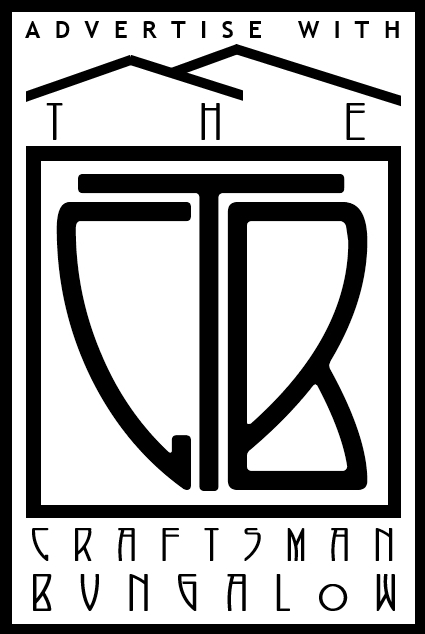

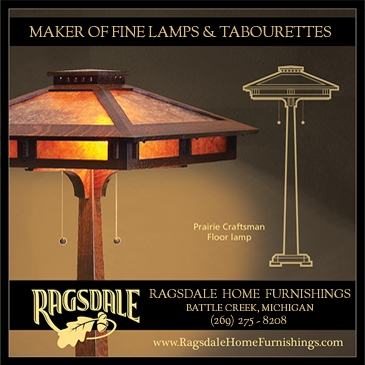
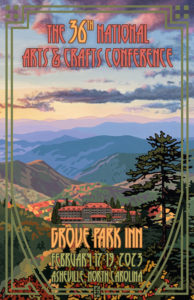





2 comments
Belle Jones says:
Nov 11, 2013
Visited Carmel for the first time this past summer, gorgeous is an understatement.
Gigi Galt says:
Nov 29, 2013
Awesome! Many thanks. Loved it!